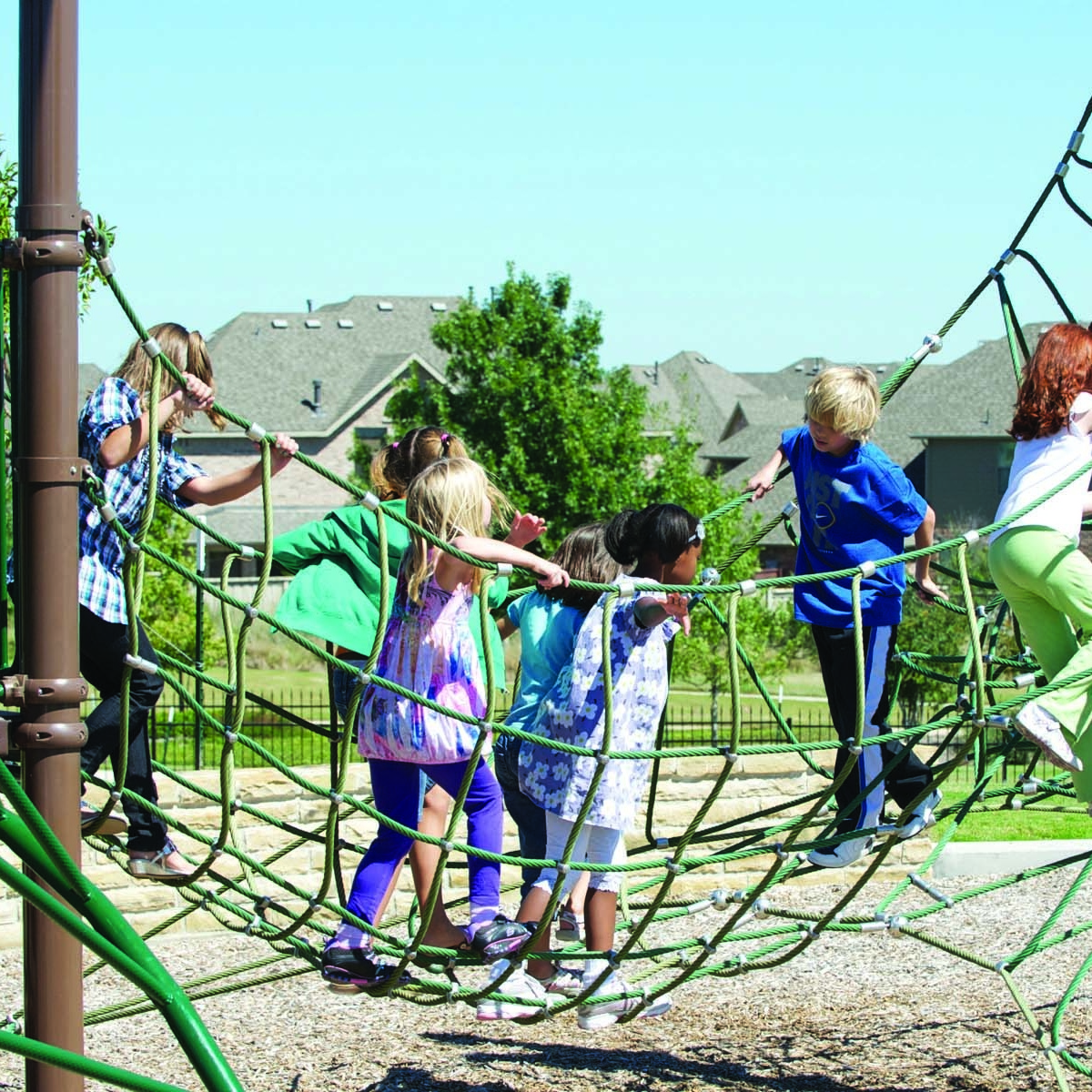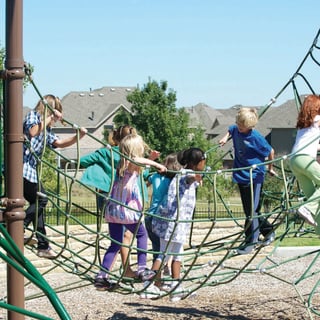Playground Safety Tips
Posted by May Recreation Content Team on


According to the National Program for Playground Safety (NPPS), more than 200,000 children are admitted to various emergency departments across the United States annually as a result of injuries sustained at playgrounds. At least 15 percent of the reported cases are classified as severe. Although these structures are meant to offer the children a carefree break in their daily education routine, they have turned out to be dangerous to the kids.
Therefore, it’s critical for parents and the caretakers to work together to nurture proper playground etiquette to reduce the possibility and severity of the injuries. Below are some playground tips to help your kid stay safe at the playground.
1. Respect the Weather
Weather always plays a crucial role in determining the safety of kids at the playground. For example, there are few instances when kids are supposed to avoid the playground completely. Although weather events rarely occur, the real challenge is ensuring that kids know the boundaries for safe playground play.
Typically, playgrounds become dangerous when it’s too hot or when it’s raining. When it’s too hot, contact with hot metal surfaces can be unbearable, which could lead to injuries. When it’s raining, the moisture can lead to kids slipping and falling.
2. Actively Supervise the Children on Playgrounds
You should ensure that you’re seeing all the children at all times and should always be aware of all the areas where they can hide to evade your eye. You should also watch out for incidents of rough playing, shoving or pushing.
Let the kids understand that such manners are unacceptable and emphasize the need to be respectful and play safely. Never leave the children on the playground unsupervised
3. Adapt Preventive Measures
There are some things you can check to reduce chances of accidents occurring. For instance, check to ensure that the protective surfacing at the playground is at least 7 feet away from the playing structure at all times.
The playground should also have at least 12 inches of mulch, pea gravel, wood chips or mats made of approved safety-tested rubber. The purpose of these materials is to reduce the impact when a kid falls, preventing injuries.
4. Inspect the Playground Equipment
Parents and caregivers should play a significant role in developing a safe playground for their children. Always inspect the equipment and take note of any broken equipment, nearby pieces of glass or trash that can be harmful to children, rusted pieces of metal and the overall security of the synthetic rubber under the equipment.
Don't allow children on the playground if you discover anything that can be harmful to them. Playground administrators and supervisors should ensure that routine inspection is strictly adhered to.
5. Get Proper Training on Playground Safety
Organizations such as the National Program for Playground Safety offer certified courses that will teach you everything you need to learn about playground safety. The content of such courses will help you ensure that children always have a safe and accident-free environment in which to play.
Playgrounds are built for kids, which means they are built with kids safety in mind, but that doesn't make them 100% safe. Other factors, like the ones listed above, need to be considered to ensure children's safety when playing.

